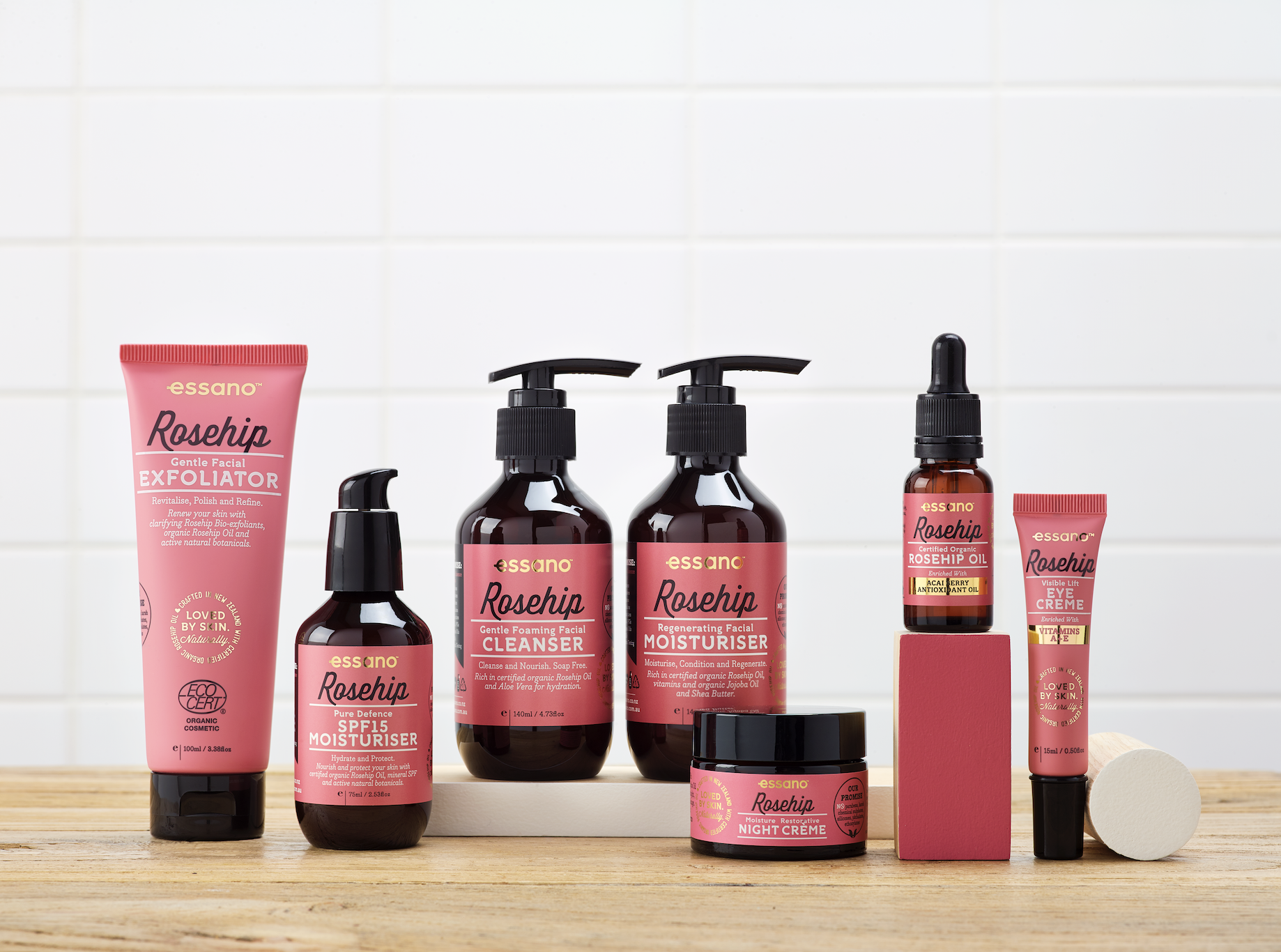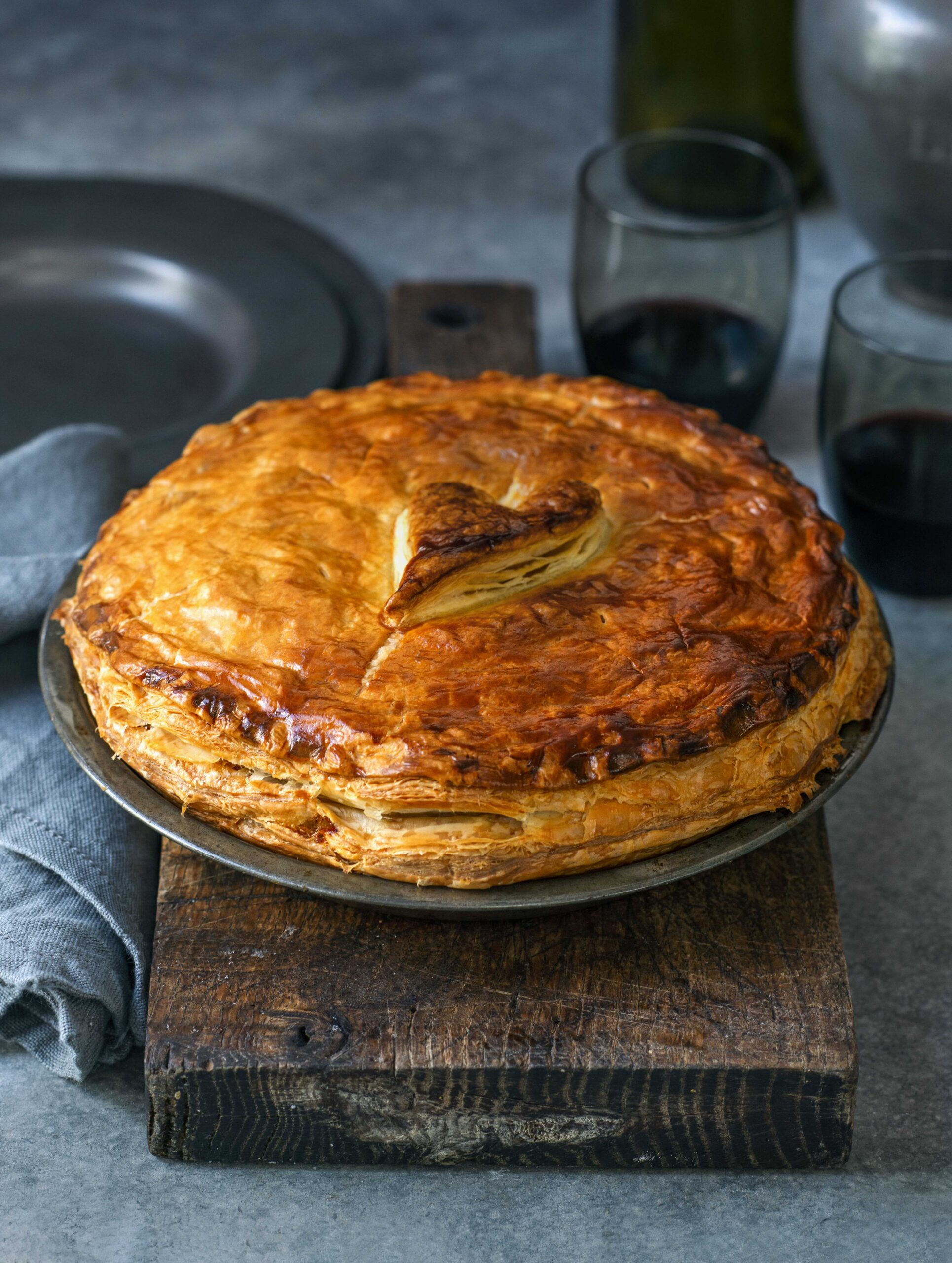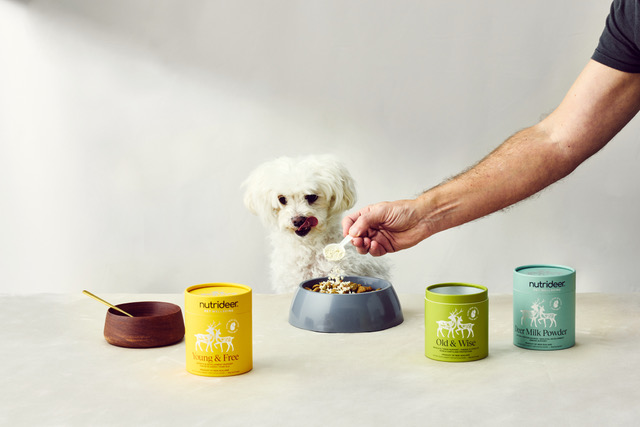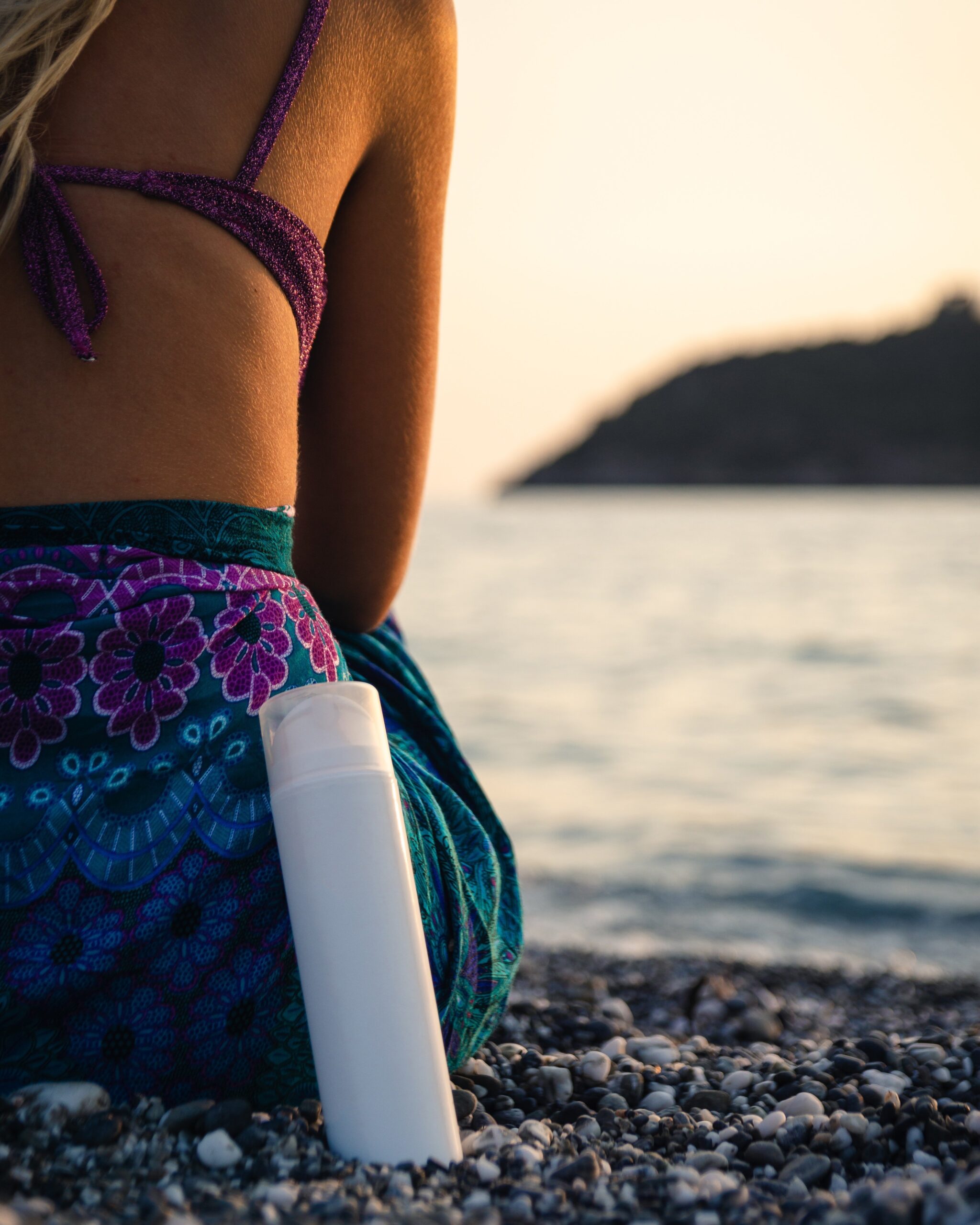Justine Jamieson explores what makes a hug truly good, and the powerful health benefits of physical touch.
Loving human touch is as essential to our wellbeing as food, water and air. Medical research reveals this clearly: infants in under-staffed institutions, where caregivers rarely hold or touch them, often show cognitive delays, impaired brain growth, and chronically misregulated stress hormones such as cortisol.
Yet today, this fundamental need is often overlooked. Couples sit beside each other scrolling on cell phones, families eat separately, and technology, while connecting us virtually, quietly pulls us away from the simple, profound act of being physically present with one another.
The Touch Deficit in a Digital Age
Many have numbed themselves with cell phones, replacing warm hugs with emojis. Over time, this lack of sensation and pleasure leaves us feeling isolated, disconnected and anxious. The human body craves connection and can sometimes mistake a “like” on a post as proof of being loved. But virtual approval cannot replace the chemical and emotional nourishment that comes from real human contact, especially from someone who genuinely cares for your wellbeing.

“Go hug strangers.” Justine Jamieson
What Science Says
Research shows that even a brief, warm embrace creates measurable changes in our biology:
- Oxytocin, the “love hormone,” surges during hugging, cuddling and affectionate touch. It can lower stress, foster bonding and increase feelings of trust and safety.
- Cortisol, the stress hormone, can drop significantly after just a 20‑second consensual hug, calming the nervous system and may reduce anxiety.
- Endorphins and dopamine are released, which can improve mood, reduce pain and enhance relaxation.
When Hugs Get Weird
Many of us have experienced what I call “creep hugs” — awkward embraces where a stranger’s pelvis pushes in too much — or “rigor mortis hugs,” stiff embraces that feel obligatory rather than comforting. They often leave us tense, sometimes worse than not hugging at all.
Discomfort often comes not from the contact itself but from the energy behind it. “Leaky sexual energy” — when a touch carries an unspoken sexual intent — can make an embrace unsettling. Boundaries vary widely, and not everyone was taught how to navigate them. Sensuality is not the same as sexual desire, and what one person perceives may be completely different to another.
Exploring sexual touch has its place in designed spaces, while platonic sensual touch — long hugs, hand‑holding or a gentle touch on the shoulder — can be deeply nurturing without sexual intent. Hold clarity in your intention and respect in your touch. To me, touch is a sacred act where loving intent means everything.
Awkwardness, Vulnerability and Learning to Accept “No”
Hugging someone more intentionally than usual can feel awkward. Don’t be afraid to ask for what you need — you might fumble with arm placement, bump faces or feel self-conscious. That is okay. Awkwardness is not a sign of doing it wrong; it’s a sign you are doing something different and vulnerable. Vulnerability is where intimacy grows.
Learning to give and receive a “no” is equally important. Someone else’s boundary is not a rejection; it’s an expression of their current need. “Thank you for letting me know” can honour their boundary and keep the relationship safe. Remember a no today doesn’t necessarily mean a no every time, try to stay present to what is alive in each present moment. Often we can hug out of politeness even if we actually don’t want to, let’s stop that as a society. Notice body language. When in doubt, maybe just don’t do it or explore with a question.
How to Hug Well
Hugging is an art. To do it well:
- Be present. Ground yourself before reaching in. Do not force a hug; ask first if unsure.
- Aim for open-hearted contact. Bring your chest to theirs, breathe deeply and soften your shoulders.
- Be aware of your energy. Notice if you’re gripping, clinging or leaning. Hold your own centre.
- Match pressure. Be mindful of differences in height or strength.
- Stay a little longer. A 20‑second hug can profoundly shift your physiology.
Ask for more if you’d like. Try: “Do you mind if we hug a bit longer?”
Hugging Our Elders
Many elderly people experience a profound lack of touch, particularly those living alone or in care facilities. A gentle, respectful hug — offered with consent — can brighten their day and improve wellbeing. Even holding their hand can hold meaning beyond words.
Teaching Children About Boundaries
When it comes to hugging children, teaching and respecting consent is crucial. Just because a child is adorable does not mean you can scoop them up. Asking, “Can I give you a hug?” allows them to choose. This empowers children to honour their own boundaries and bodily autonomy.
Healing Through Safe Touch
For those who have experienced trauma, even a simple hug may trigger a freeze response or breath holding. This protective reaction can soften through safe, consensual touch practices. For me, Contact Improvisation Dance and cuddle circles helped retrain my nervous system to feel safe again. Healing takes time, patience and the right people to practise with.
Massage can help reconnect with parts of your body you can’t reach yourself. When performed with unconditional care, it becomes therapy and sensual pleasure. Community experiences — conscious dance, gardening days, cuddle workshops — normalise safe, affectionate contact without sexual intent. For those outside a relationship, or within one where more affection is desired, giving yourself this gift weekly can be transformative.
Touch is a language of love, safety and connection. Some find it easy; others don’t. Neither is wrong. What matters is awareness: letting down walls without disrespecting others or yourself. Vulnerability, presence and consent create the conditions for real connection.
You are never obligated to hug someone. But if it feels right, ask for the hug you need so you can receive it fully.
The next time you embrace someone — child, partner, elder, friend or someone you don’t know — pause. Breathe.
Have the intention to offer and receive love. In that simple, long hug lies what it means to be alive — fully here in the body, fully here with each other.
Go hug strangers.
Photo 2: Raghava Simha one of the best huggers I know. Photography Fluro Grey






